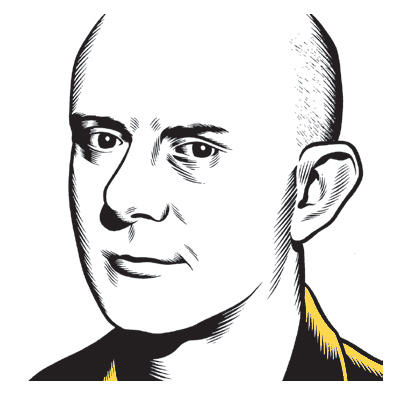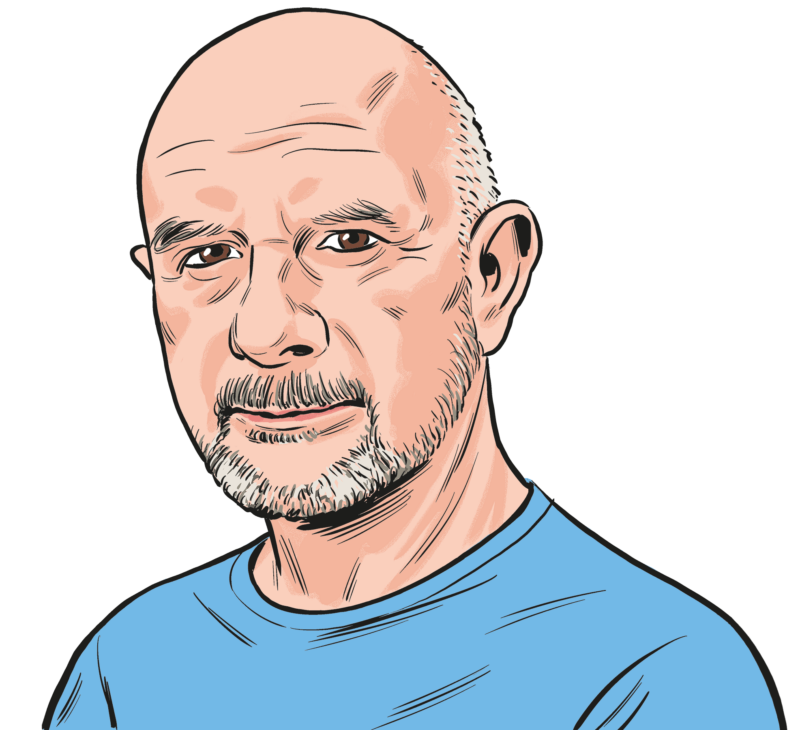BOOKS READ:
- Lonesome Dove—Larry McMurtry
- The Trip to Echo Spring: On Writers and Drinking—Olivia Laing
- Satan Is Real: The Ballad of the Louvin Brothers—Charlie Louvin with Benjamin Whitmer
- “High Noon”: The Hollywood Blacklist and the Making of an American Classic—Glenn Frankel
BOOKS BOUGHT:
- Less—Andrew Sean Greer
- Up the Down Staircase—Bel Kaufman
- A Life of My Own—Claire Tomalin
- Fall on Your Knees—Ann-Marie MacDonald
So, where to start? With Olivia Laing’s brilliant book about writers and booze, The Trip to Echo Spring? Glenn Frankel’s scholarly, frightening High Noon, about the bitterly divisive making of the Gary Cooper movie during a very difficult period in America’s cultural and political history? Satan Is Real, Charlie Louvin’s startling history of his life in country music? Or Lonesome Dove, Larry McMurtry’s 843-page novel about cattle, cowboys, Indians, whores, guns, life, death, the American West, and quite a few other chunks of the USA, and just about anything else you can think of, apart from Brexit and iPhones?
There’s no contest, really. I loved everything I read this month, but the sheer scale of Lonesome Dove crushed everything in its path, including, in my case, not one but two family holidays. One always hopes to be transported somewhere else by a novel, even if the world depicted is only up the end of your street: it’s still a world populated by the novelist’s imagination, with a geography that has been mapped out by someone with a different vantage point from your own. I don’t know, obviously, what it would feel like to read McMurtry’s magnificent epic if you were an American; perhaps if you live in New York City or LA or in a suburb of Cleveland, surrounded by Starbucks and concrete, it might not seem so very different. I am an Englishman who set off on the novel’s journey from Texas next to a swimming pool in France, and arrived in Montana while sitting by a pond in Dorset (another swimming pool, actually, albeit one designed to look like a pond, but I didn’t want to repeat the words swimming pool, for various reasons). And I can say only that I was transported somewhere else so completely that if I’d had to shoot a couple of children in order to get my lunch, I would have done so, without really thinking about it. Hour after hour after hour, I was taken to places I had never really thought about, or at least not since I was very young, and I became lost in them.
Lonesome Dove...
You have reached your article limit
Sign up for a digital subscription and continue reading all new issues, plus our entire archives, for just $1.50/month.
Already a subscriber? Sign in






